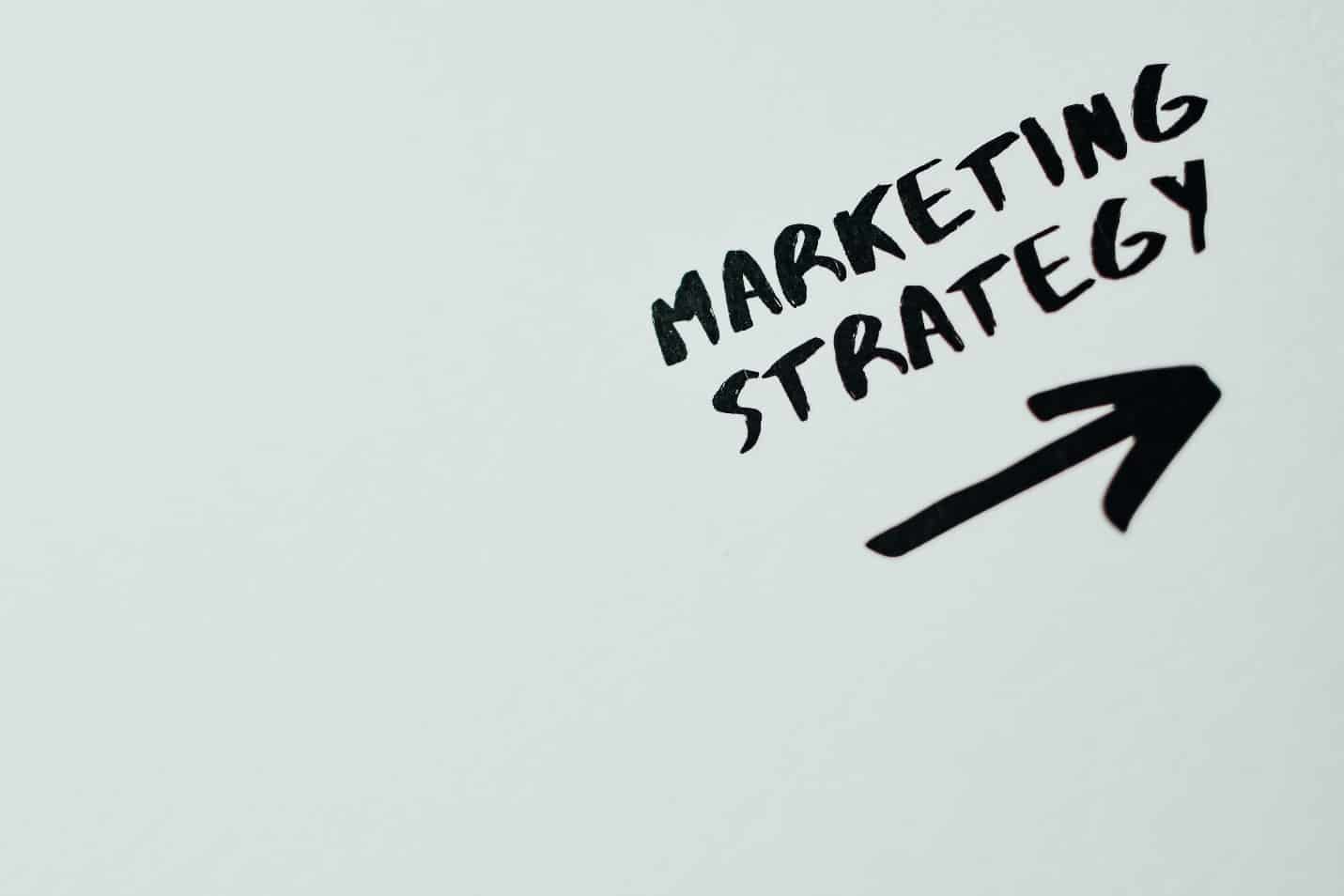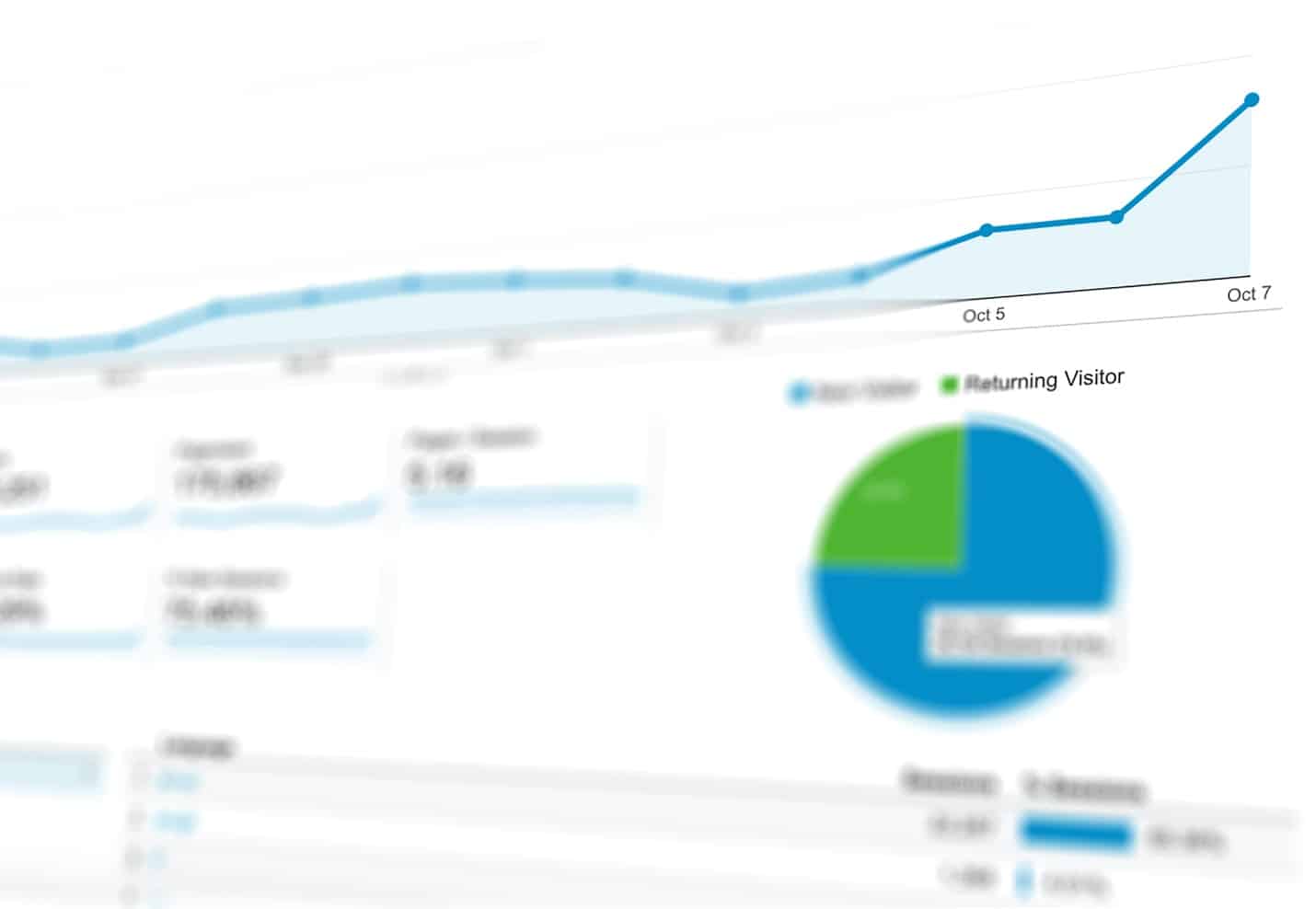With social media being one of the most important client outreach channels (even a sales funnel), the role of a social media expert becomes greater than ever. This means that the field of social media marketing and social media management tends to be quite competitive. Whether or not you get hired for the job depends on your own social media proposal – what you bring to the table in this exchange.
While social media proposals may sound like a real contract, this is usually not so. It is merely your proposition, your initial offer that the client may subsequently base their contract on. Remember, what’s promised here will have to be delivered upon, which is why you need to balance between what is tempting and what’s realistic.
Social media proposals are usually used as part of the sales process. This should allow you to format the proposition and make some huge decisions regarding its essence. You should also keep in mind that it’s not there to persuade someone who never had the intention of hiring you. It is only there to give a potential customer a nudge in the right direction.
With all of this in mind and without further ado, here’s how you can write a successful social media proposal.
Do the Research on Your Clients?

The content of the proposal is the main determiner when it comes to its success. People are interested in what you can do for them, not the other way around? Naturally, this means that the first step in making the right social media proposal lies in offering something they want. In order to figure out what this is, you need to try and figure out what their social media goals are.
Your first step would be to visit their website and social media profiles to figure out their vision. From this, you can start understanding their social media goals. Once you set this, start examining your options to make them achieve these goals. The key thing is that you figure out how this will fit into their overall digital marketing strategy.
Another great point is for you to learn about their audience. After all, the audience is your field of work. Collecting data on their average audience will drastically affect your social media strategy later on. In other words, aside from just using this data to make a unique social media proposal, you will also need it for your work in the aftermath.
Just because your future client’s current social media strategy may be subpar, this doesn’t mean that you can’t get any information from it. Also, if they’re engaging in other forms of digital marketing (email marketing, SEO, etc.), make sure to study it as well. Why? Well, because even though the platform is not the same, the chances are that the audience and corporate goals are.
Finally, research their competitors to learn more about them and strategies they employ/success they’re achieving. This will help you see whether your offer is competitive to begin with.
Efficient Formats
The format of your proposal also makes a huge difference in its effectiveness. Everyone knows that video marketing tends to be one of the most effective forms there are. Why would social media proposals be any different?
Keep in mind that while text-based proposals may be quite effective, going for a superior format like PDF or video might provide you with a greater conversion rate. PDFs are easy to create using a reliable PDF editor, which allows you to design professional and polished documents (when editing use a tool to Convert PDF to Word if you need to). This format ensures that your proposals are both visually appealing and easy to share, helping you leave a stronger impression on potential clients. For those looking to convert image files, consider using a JPG to PDF Converter to ensure your visuals are ready for inclusion in your proposals. The effort you’ve invested will already make a positive impact, not to mention that images are processed 60,000 times faster than words in our brain.
Another old-school method that is quite effective is the PowerPoint presentation (PPT). First of all, since it takes your audience through the proposition step-by-step, it prolongs their patience by quite a while. This way, each slide has its own message, instead of just forcing them to go through a huge wall of text at once. Moreover, it also provides a lot of opportunities for the insertion of visual information.
Proposal Proportional to Work

There are all sorts of proposals, but they should always be proportionate to the work in question. For instance, a proposal for a one-off project really doesn’t have to be as elaborate as a proposal that will (ideally) result in years of collaboration.
Think of your time as something that has value. Therefore, setting aside time to come up with, write, edit, and audit your proposal is an investment on your part. As such, it needs to yield a positive ROI. Remember, this ROI isn’t strictly financial either. Getting a positive review, rating, partner, etc., can be just as valuable. Still, because your time has value, you simply cannot afford to work for endorsement.
One of the best ways to make a shortcut is to look for a social media proposal template. While generic templates often get a lot of bad rep, the truth is that this really doesn’t have to be founded in reality.
When you properly customize the proposal template in question, you can get a unique offer with stunning visuals and a well-structured format. All of this you will get for a fraction of the time it would take you to make a similar original offer. This can drastically offset the ROI we previously discussed in a positive way.
Key Components of a Good Social Media Proposal
So, what is the bare minimum that an excellent social media proposal needs to contain? Remember, this is not an exact science, but some general rules (or, at least, elements universally recognized as effective).
- A cover letter or video is a bare minimum.
- If the proposal is particularly long, a table of contents is advised.
- An executive summary is standard.
- Financial information (hourly or retainer rate).
- Scope of work (how many posts per week, platforms to manage, etc.).
- Special circumstances and excluded services (if any).
- Communication expectations, as well as channels used for communication.
- Work guarantee is generally a good thing to include, but there’s a potential for this to backfire.
Remember that this list is far from complete, and you should include some additional elements. Just remember that there are only two requirements that this proposal needs to fulfill:
- It needs to be acceptable for the client.
- It needs to be acceptable for you, as well.
You need to learn how to make a perfect compromise. You’re not just trying to lure them in. You’re also making a personal commitment. Even if there are no fees or penalties involved, the fact remains that you will tarnish your reputation if you fail to deliver. This is simply not acceptable.
Use Psychological Tricks
Is there a way you can influence your client’s decision-making process? Of course, this is what this proposition is all about. With the use of a couple of psychological tricks, you can drastically increase the chance that they’ll agree to your proposal.
For instance, you can use FOMO by adding a proposal that is valid only for a limited amount of time. This way, they will feel pressured to make a faster decision without feeling like they’re actively pressured on your part.
Select choices are a great way to change their perception of your offer. By offering three choices, one of which is ridiculously overpriced, you will make the other two options significantly more appealing. Sometimes, one offer acts as a decoy to stress out the quality of something else.
Remember that even if they don’t respond, you still have a chance to re-engage with them with a follow-up. Sure, some proposals are so great that they will give you an immediate positive response. People sometimes need a bit of persuasion. Ideally, you would have a follow-up proposal ready as soon as you send the response. You should also have a rule (how long after not receiving a response are you supposed to send it).
Be clear about the results they’ll get. Not the work that you’re going to invest in – the results. This will increase their ability for immersion and help them visualize the effects of working with you. If this doesn’t persuade them, nothing will.
Talk about KPIs

One thing that people find comfort in when making decisions are the numbers. Numbers bring comfort even for those who don’t understand them. Now, in order to provide value in your offer, it might be a good idea that you focus on social media KPIs.
To help them understand this (which is a fairly simple task), make sure that you provide some points of reference. The way this works is relatively simple – tell them what the average is, where they are, and where their competitors are. Then, tell them what your humble estimates are for the improvement for the majority of these KPIs.
This will raise another doubt in their mind – can you really do such a thing?
Now, to gain their confidence, you can do one of two things:
- Describe the methods you intend to use to deliver these results.
- List successful projects and name satisfied clients.
While neither of the two is 100% effective, the latter is a bit more reliable.
Speaking in numbers will also increase your perceived expertise. After all, your terminology will already testify to your experience in the field, which might give them even more confidence in your ability. Still, until you finally deliver these results, you will continually have to build this trust.
Keep Improving Your Own Abilities
While it is true that every proposal is supposed to be tailored to the need of your clients, it is inevitable that you will, eventually, have to write a bit about yourself, as well. Namely, you’re not bragging or showing off. You’re merely giving your potential clients more insight into their investment (your services).
So, you need to start out by doing a couple of things right. While experience in the field is proof of its own (and the most important intellectual asset that you own), they might want to know about your expertise in the field. Did you take any courses, write any whitepapers on the subject matter, etc.
Remember to keep this updated, seeing as how the landscape of social media management evolves quite rapidly. Most importantly, even the least tech-savvy of your clients are going to be aware of this. This is why it’s important to show that all your exploits, certificates, and works are recent. That they’re fresh.
Clearly Address the Agent Involved
To start on the right foot and immediately prove that the message sent is not generic, you need to clearly address the agent involved. The “Dear sir/madam” is not going to cut it. You should customize the start of your address in a way that clearly states that this is not a template. They need to understand that someone sat down, researched their company, custom-made an offer for them, and then took time to make a proposition.
Sure, this is a lot of work, and it sometimes might be a waste of time. However, it is always worth it. Remember, even if they don’t respond right away, there’s always the follow-up. Then again, you might retarget them at a later date. They might contact you (once they feel like they need your services). In fact, they might even recommend you to someone else. Making a good impression on someone is never a wasted investment.
Create the perfect social media proposal
At the end of the day, writing a good social media proposal is one of the most important skills for any social media manager. No matter how good you are, your skills will be in vain if you can’t persuade anyone to hire you. Fortunately, with a bit of research, strategy, and the right format, you can make your offer much more appealing. After a while, when you understand the game, you will start making your own rules—until then, knowing a thing or two from this list will give you a significant competitive edge.


